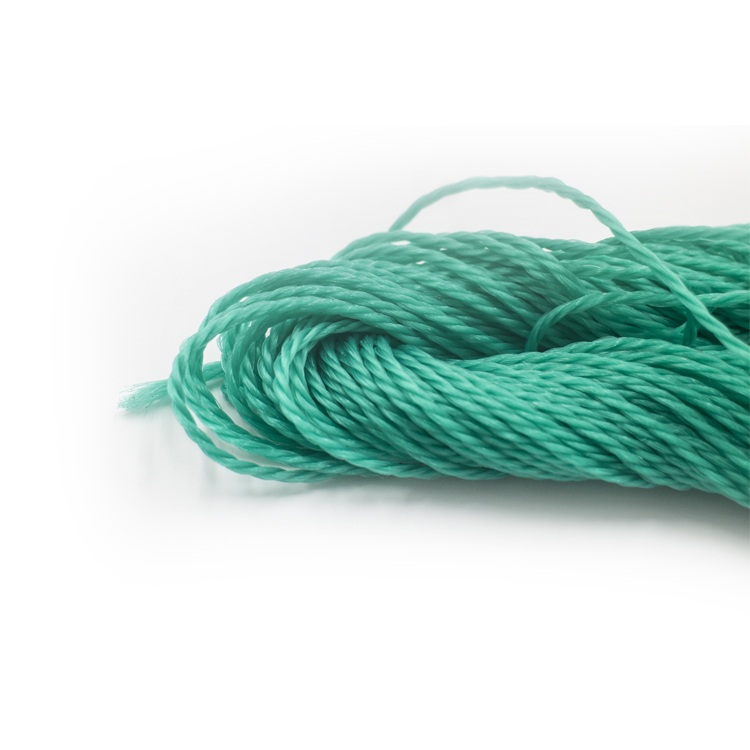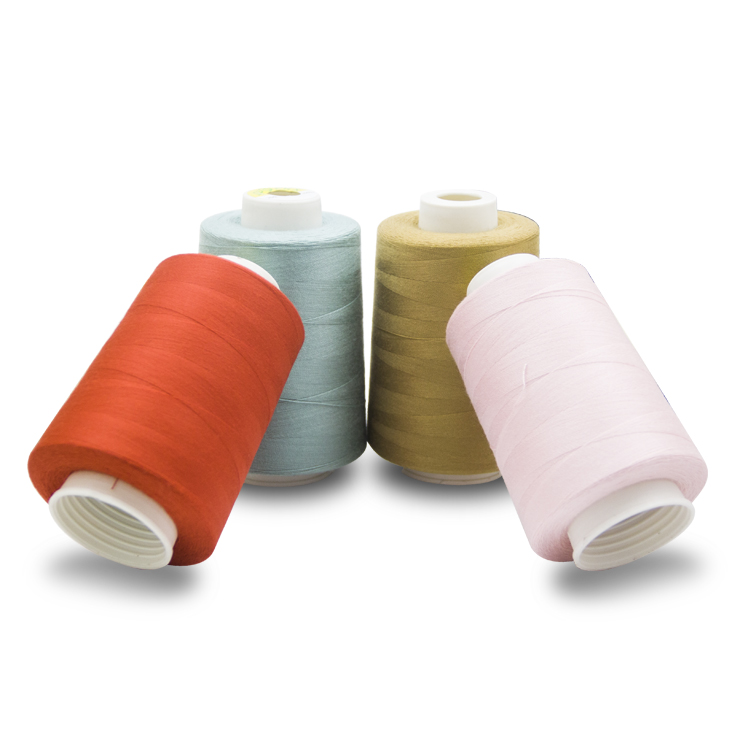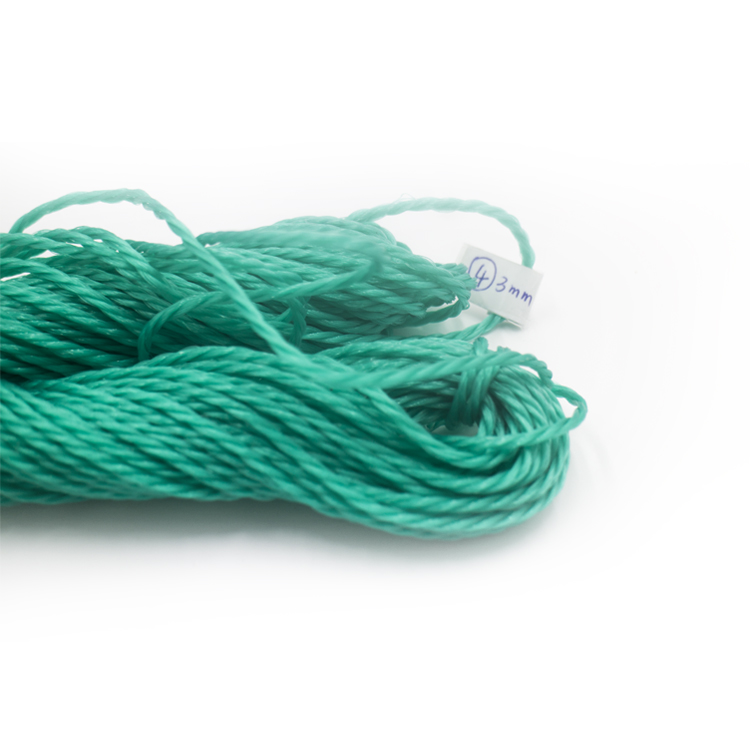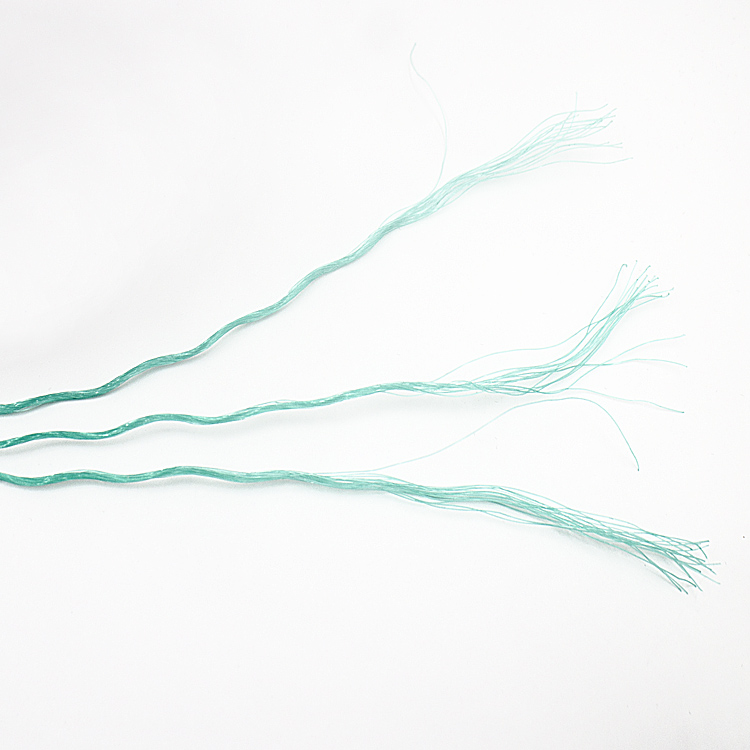
Basic knowledge of yarn hairiness(3/3)
III. Yarn hairiness mainly occurs in spinning and grooved drum processes
1.The influence of spinning process on hairiness Spinning is the key process of spinning.
The quality of spinning equipment has a great influence on yarn hairiness.The main manifestations are as follows:
(1) Incorrect diameter of ring, poor roundness and flatness, or corrugation, burr, unevenness and uncleanness, uneven or moving deformation of ring plate and non-vertical upward and downward movement will cause fluctuation of spinning tension and increase of friction effect, resulting in increased yarn hairiness;
(2) The yarn hairiness will increase significantly if the traveller and the ring are not well matched or inlaid.
(3) When the guide hook is grooved, the frictional effect on the yarn will increase the hairiness.

(4) The spindle is not accurate to the center of the spindle tip, which causes the fluctuation of spinning tension and increases the number of yarn hairiness.
(5) Spinning speed is also an important factor affecting hairiness. The number of hairiness increases in a positive proportion with spinning speed.
(6) The process conditions and equipment of the twisting part of the spinning frame are not good, the yarn will be scraped, which will damage the yarn structure and increase hairiness. In the twisting process, foreign flying flowers and short velvet will adhere to the yarn body while part of the twisting yarn will also form hairiness.
(7) Drawing on spinning frame has a great influence on hairiness. The larger the draft multiple in the back zone, the more hairiness will increase. In addition, with the increase of twist coefficient of spinning yarn, hairiness will decrease.
(8) The weight of the traveller directly affects the hairiness. During the twisting process, the traveller makes jumping motion along the track of the ring (not friction motion). When the ring plate is in the position of the yarn, the balloon tension is too tight. This is the best time for hairiness to occur. The traveller is too heavy, the spinning tension is too large, and the balloon is small, which makes the traveler smaller. The friction between the ring and the yarn increases to the point where the yarn rubs against the top of the tube to produce hairiness. At the same time, the yarn is easy to be scraped to form neps. If the traveller is too light, the spinning tension is low, and the balloon is too large, the yarn will collide with the separator to produce hairiness.

2. The influence of winding process on Hairiness
Winding process is the key process of feather growth, which has a great impact on feather, mainly as follows:
(1) Once burrs, grooves and breakages occur in all components of the winding channel and the surface of the contact yarn is not clean, the cotton yarn will be subject to greater friction and static electricity in the course of movement, resulting in the increase of cotton yarn hairiness;
(2) When the pagoda tube, drum tube and grooved drum are not well matched, the drum yarn will jump and slip in motion, which will cause the drum yarn to worsen local friction, and the cotton yarn hairiness will increase significantly.
(3) Processing parameters: the higher the speed, the greater the friction between yarn and grooved drum, the greater the yarn damage and the increase of hairiness; the greater the winding tension, the greater the friction between yarn and the components of winding passage, and the longer and more the hairiness of cotton yarn; the winding volume also has some influence on the hairiness of cotton yarn, if the winding volume is too large, the hairiness of cotton yarn will increase. If the weight of the cotton yarn is large, the friction between the drum and the grooved drum is great, and the yarn is damaged greatly, the hairiness of the cotton yarn will increase.

IV. Temperature, humidity and other effects
In theory, humidity is one of the main factors affecting the change of hairiness, but in actual production, it is difficult to quantify the effect of humidity on hairiness because of the instability of various conditions. Only through long-term monitoring we will see the trend of its influence on hairiness.
If the humidity is high, the volume of the fibers will expand, the air permeability will be poor, the strength of single fibers will increase, the yarn's endurance will increase under the same conditions, the friction resistance will increase, and the hairiness will decrease. Therefore, increasing the humidity of the processing environment properly in the spinning and drum dropping process will help to reduce the hairiness, and the relative humidity of the spinning workshop will be less than 50%. At the same time, yarn hairiness will increase sharply.
Friction between yarns can also produce hairiness. Friction between tube yarns falling from the spinning frame or winded bobbin yarns during unwinding, transportation and storage can also produce hairiness. Therefore, in the production process, we should pay attention to light handling, as far as possible to reduce the chance of feathers.




